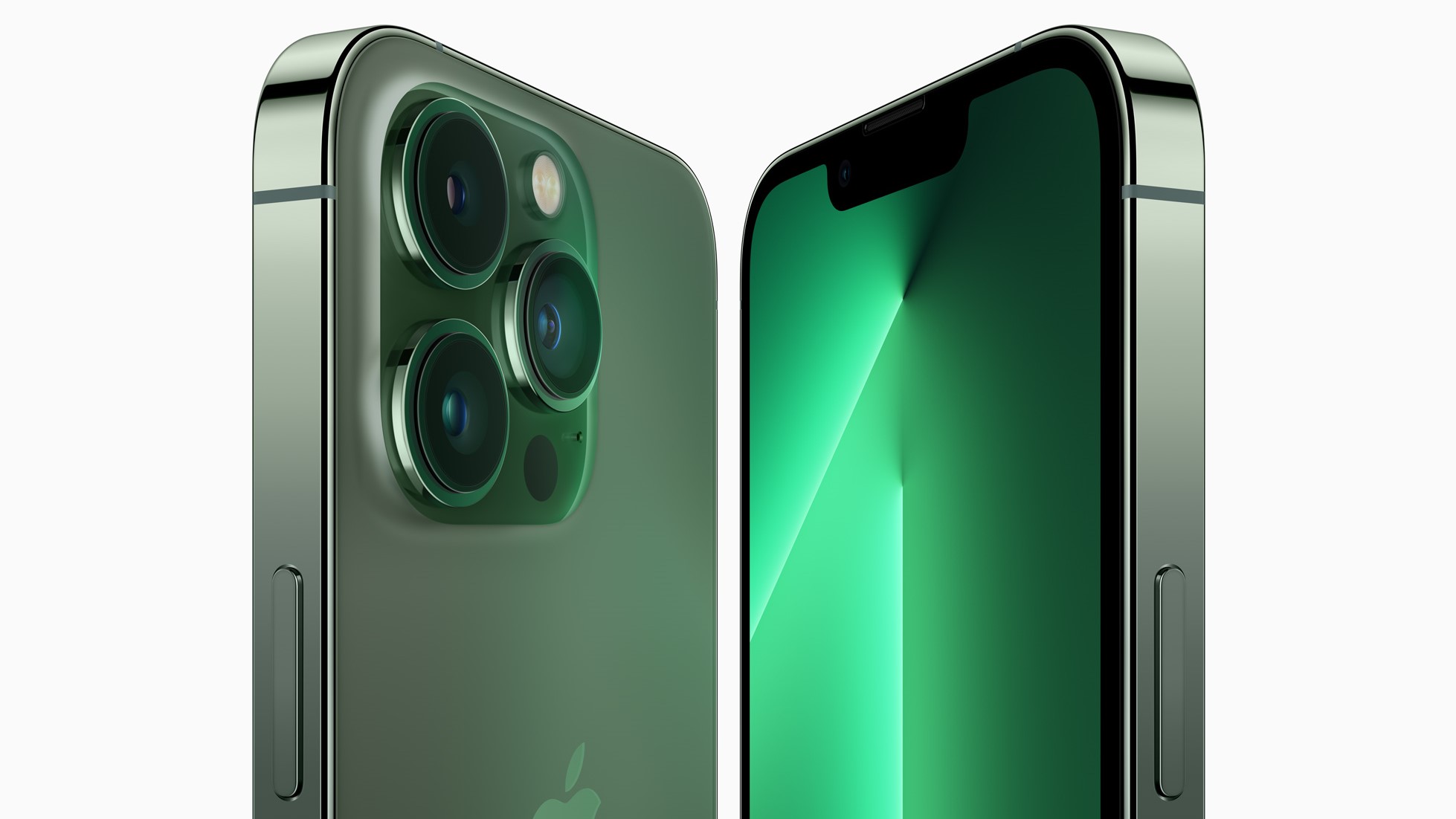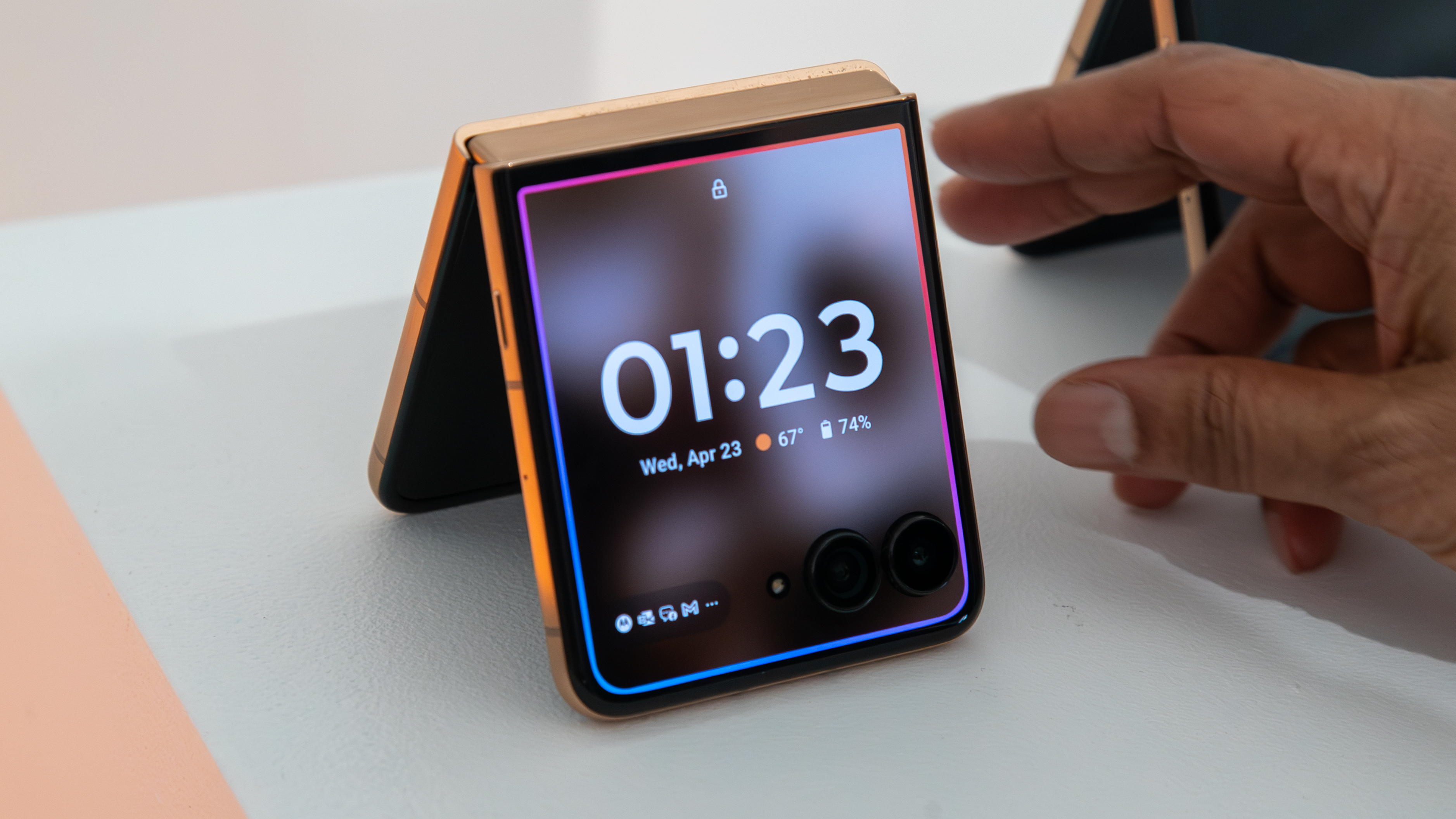Samsung Galaxy S22 Plus vs. iPhone 13 Pro
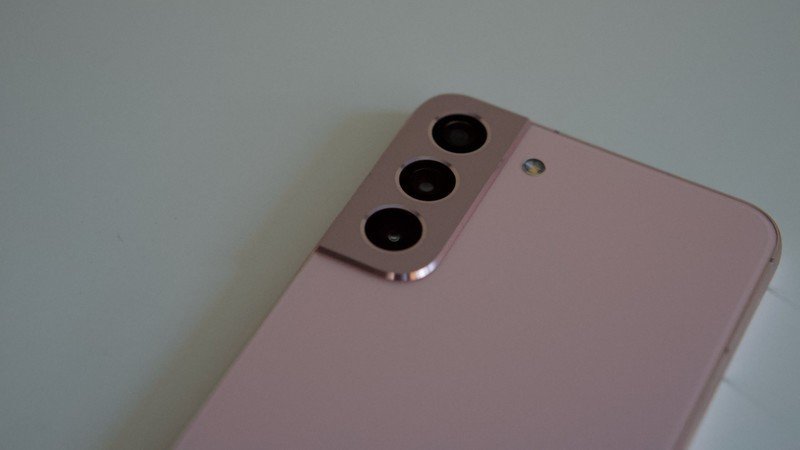

The Galaxy S22+ closely matches Apple's typical flat-edged design but swaps a notch for a camera cut-out. It uses the cutting-edge Snapdragon 8 Gen 1 (or Exynos 2200) and has revamped cameras for improved resolution, zoom, and selfies.
+ Ultra-bright display
+ Better camera hardware
+ 45W charging
+ WiFi 6E support
+ Four OS updates / 5 years' security
+ Fingerprint sensor
- Falls short in performance benchmarks
- Shorter battery life
- Fewer pixels per inch

Apple made a huge difference by adding 120Hz ProMotion to its flagship phone, compounded by huge CPU gains with the A15 Bionic. Whether you care about speed, battery life, or display quality, the iPhone 13 Pro has very few competitors. But unless you buy the Max, it may be smaller than you're used to.
+ Super-fast CPU performance
+ Longer-lasting battery life
+ Five promised OS updates
+ Larger storage options
+ Higher-resolution LTPO display
+ Cinematic Mode / Dolby Vision video
- The notch
- Lightning charging at just 25W
- Non-Max Pro may be too small for you
Every year, Samsung's Galaxy flagships conquer our list of the best Android phones, and the Galaxy S22+ tops a crowded field of excellent devices this year. But it must also compete with the iPhone 13 Pro, the model that finally added 120Hz smooth scrolling on top of huge gains to performance and battery life. Anyone invested in the iOS or Android ecosystem will be happy with their choice and has no reason to switch; for the undecided, each phone has its strengths and weaknesses, but the iPhone 13 Pro does beat the Galaxy S22+ in several key areas — you just have to stomach the notch.
Samsung Galaxy S22+ vs. iPhone 13 Pro: Design and display
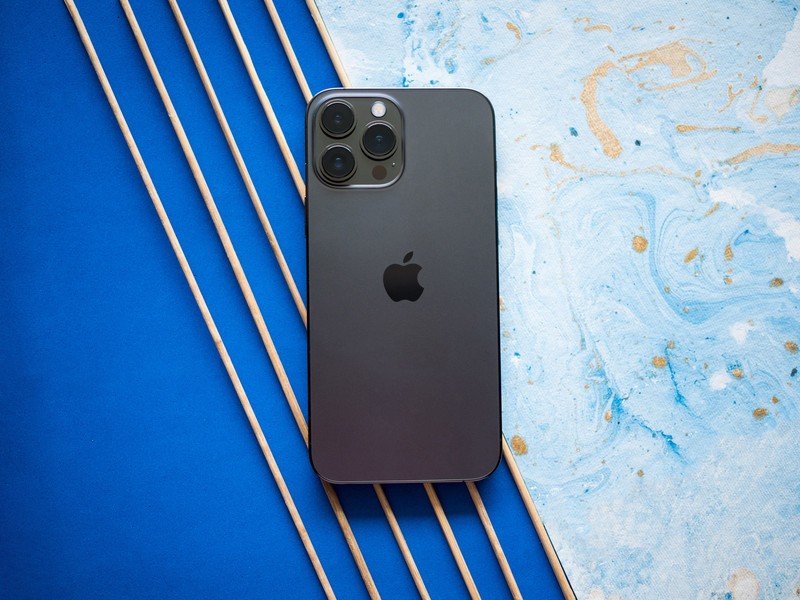
As we already mentioned, Samsung took a huge leaf out of Apple's book when it came to designing the 6.7-inch Galaxy S22+. If you compare it against the iPhone 13 Pro Max — the 6.7-inch model with the same specs as the Pro, except with a larger display and battery — both phone backs look remarkably similar, if you ignore the logos and different camera housings.
Each phone has flat sides, a rectangular chassis, and glass backs. The major difference is that the 6.1-inch iPhone 13 Pro is smaller than the S22+: 0.16in thinner with 0.6 inches less diagonal display space. That makes it easier for smaller hands to grip, even though the Galaxy S22+ weighs slightly less.
Both phones wobble when tapped on flat surfaces thanks to the camera modules, and their glass backs make them susceptible to damage. So you'll want a Galaxy S22+ case or iPhone 13 Pro case whichever you choose.
Both protect their displays from scratches and damage — the S22+ with Gorilla Glass Victus+ and Apple with its respected Ceramic Shield tech, both developed by Corning — so you may get away with avoiding a screen protector.
In terms of display quality, Apple finally caught up to the pack by adding 120Hz refresh rates to its Pro phones this year, something the premium Galaxy phones have offered for years. Now, both phones scroll remarkably smoothly, especially coupled with their fast chipsets. At launch, Apple only offered 120Hz for its own apps, while the rest remained stuck at 60Hz. But with iOS 15.4, it finally extended the option to third-party apps, bringing its software on par with Android.
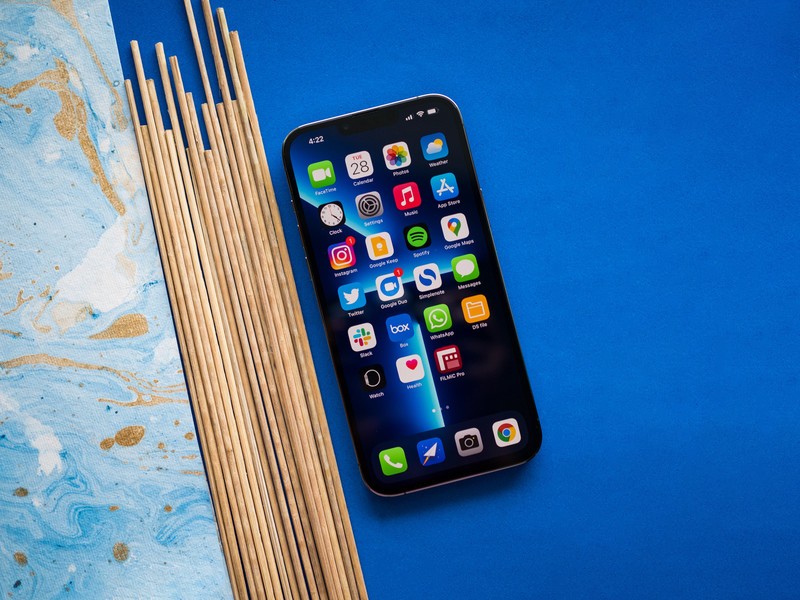
Only the iPhone 13 Pro offers an LTPO display, however, which enables a wider refresh rate range. The Pro can dip as low as 10Hz for static content, 24Hz for movies, or 30Hz for games depending on the context. As for the Galaxy S22+, it only drops as low as 48Hz, though its touch sampling rate can dip to 10Hz. This primarily matters for battery life, where the iPhone 13 Pro shines.
Get the latest news from Android Central, your trusted companion in the world of Android
Where Apple clearly wins is in resolution, hitting 490ppi vs. 393ppi on the Galaxy S22+. To be fair, smaller phones almost always have higher pixels per inch, but even the 6.7-inch Max model hits 458ppi. The Galaxy S22+ display arguably looks superb even with FHD+ resolution thanks to the smooth scrolling, but it's not as "flagship-quality" as Apple's phones.
On the other hand, Samsung widened the gap this year with Vision Booster, its brightness tech that enables up to 1,750 nits to handle direct sunlight. For comparison, the iPhone 13 Pro hits a maximum of 1,200 nits for HDR content. In practice, the S22+ hit about 1,300 nits in lab tests while the iPhone 13 barely broke 1,000, giving Samsung the edge for outdoor readability. Still, for standard SDR content, both phones get more than bright enough.
And you can't ignore the shrunken elephant in the room with the iPhone 13 Pro notch. While it's significantly smaller than on previous iPhone models, it remains a noticeable distraction, while the Galaxy S22+ camera cut-out is much more subtle.
Samsung Galaxy S22+ vs. iPhone 13 Pro: Hardware and battery
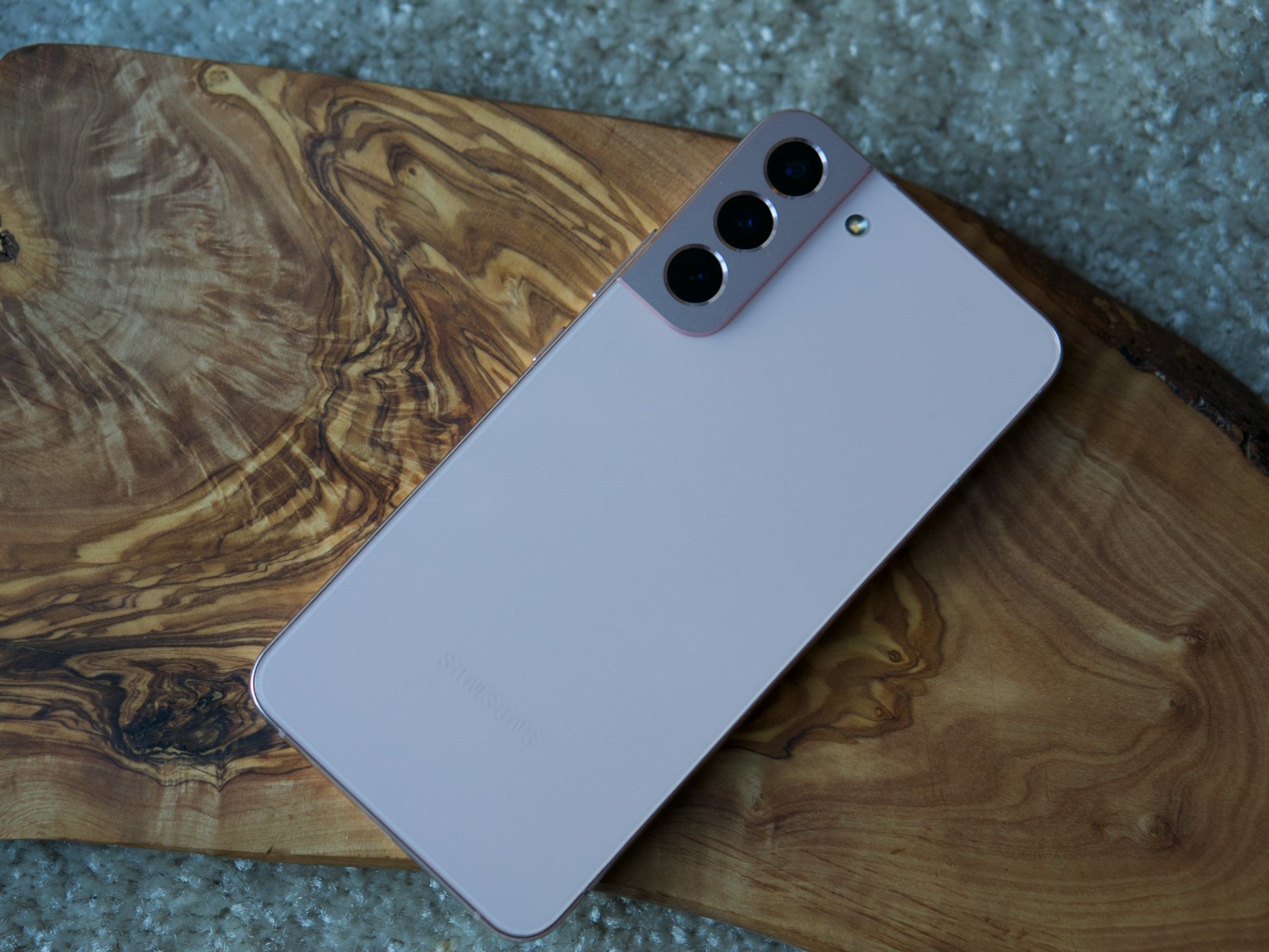
When you're comparing Apple and Samsung phones, it's important to remember that iPhone hardware specs can be deceptive. The iPhone 13 Pro has a much smaller battery and less RAM than the S22+, but despite that, actually outperforms it in both speed and battery duration.
| Category | Samsung Galaxy S22+ | Apple iPhone 13 Pro |
|---|---|---|
| Price | $1,000 | $1,000 |
| Software | Android 12 | iOS 15 |
| Chipset | Snapdragon 8 Gen 1 | A15 Bionic |
| RAM | 8GB | 6GB |
| Storage | 128GB/256GB | 128GB/256GB/512GB/1TB |
| Display | 6.6-inch AMOLED 2X | 1080x2340 (393ppi) | 120Hz w/ 240Hz touch sampling | 1,750 max nits | 6.1-inch Super Retina XDR | 1170x2532 (460ppi) | 120Hz ProMotion | 1,200 max nits |
| Rear Camera 1 | 50MP ƒ/1.8 1.0μm (Primary) | 12MP ƒ/1.5 1.9µm (Primary) |
| Rear Camera 2 | 12MP ƒ/2.2 1.4μm (Ultra-wide) | 12MP ƒ/1.8 (Ultra-wide) |
| Rear Camera 3 | 10MP ƒ/2.4 1.0μm 3X zoom (telephoto) | 12MP ƒ/2.8 3X zoom (telephoto) |
| Front Camera | 40MP, ƒ/2.2 | 12MP ƒ/2.2 |
| Connectivity | WiFi 6E, Bluetooth 5.2, NFC, 5G (mmWave, sub6), UWB | Wi-Fi 6, Bluetooth 5.0, NFC, 5G (mmWave, sub6), UWB |
| Battery | 4,500mAh | 45W Fast Charging | 15W Wireless Charging | ~3,095mAh | 20W / 15W MagSafe |
| Security | In-display fingerprint sensor, Face Unlock | Face ID |
| Protection | IP68 | Gorilla Glass Victus+ | IP68 | Ceramic Shield |
| Colors | Phantom Black, Phantom White, Green, Pink Gold | (Samsung.com exclusives) Graphite, Sky Blue, Cream, Violet | Sierra Blue, Graphite, Gold, Silver, Alpine Green |
| Dimensions | 75.8 x 157.4 x 7.6 mm / 2.98 x 6.2 x 0.3 in | 71.5mm x 146.7 x 7.65mm / 2.82 x 5.78 x 3 in |
| Weight | 196g / 6.9oz | 204g | 7.19oz |
Even though you shouldn't trust benchmarks as a perfect analog to real-world performance, the iPhone 13 Pro wins decisively enough over the S22+ that you can't discount them. Future Labs (run by our parent company) measured the following while benchmarking the Snapdragon 8 Gen 1-backed Galaxy S22+ vs. iPhone 13 Pro:
| Benchmark | Samsung Galaxy S22+ | Apple iPhone 13 Pro |
|---|---|---|
| Geekbench 5 Single Core | 1214 | 1733 |
| Geekbench 5 Multi-core | 3361 | 4718 |
| Adobe Premiere Rush | 0:48 | 0:26 |
| 3DMark WildLife Original (Regular) | 9762 / 58.4 FPS | 9762 / 58.4 FPS |
| 3DMark WildLife Original (Unlimited) | 10027 / 60 FPS | 11693 / 70 FPS |
| 3DMark WildLife Extreme (Unlimited) | 2449 / 14.67 FPS | 2766 / 16.57 FPS |
Graphics-wise, the S22+ only falls short of the iPhone 13 Pro when running at extreme rates, and only by a small amount; otherwise, both phones are more than capable of handling graphics-heavy mobile games. But in CPU performance — how long it takes to open apps or run intensive software — the A15 Bionic gives Apple an insurmountable lead over all Qualcomm-backed phones.
This certainly doesn't mean the Galaxy S22+ is slow by any stretch of the imagination. Real-world tests prove the phone handles regular tasks in a snap, and may actually load or download content more quickly if you have a Wi-Fi 6E-enabled router. But for demanding apps like Adobe Premiere Rush, you'll notice more of a slowdown than on Apple silicon.
The iPhone 13 Pro also gives you the benefit of more storage space, up to 512GB or 1TB — though it'll cost you an extra $300 or $500, respectively. With the Galaxy S22+, you're stuck at 256GB, given Samsung no longer adds a microSD card slot.
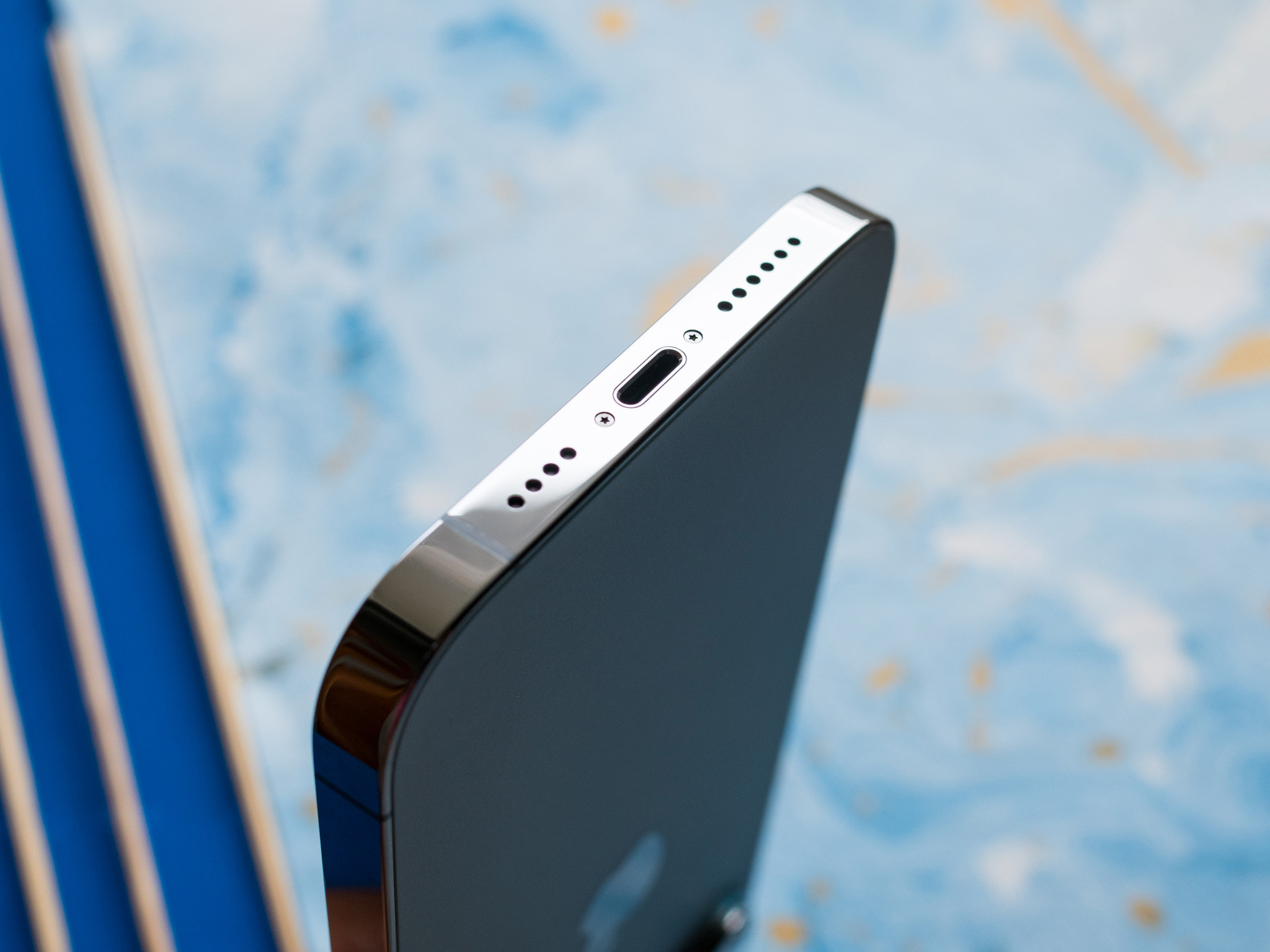
Battery life benchmarks also show the iPhone 13 Pro coming ahead: 12:18 on the iPhone 13 Pro vs. 10:26 on the S22+. Despite a much smaller battery capacity, Apple manages to optimize iOS to run more efficiently.
Nevertheless, the Galaxy S22+ lasted remarkably well despite downgrading 300mAh in capacity from the S21+. It would regularly handle 5-8 hours of screen time and leave plenty of charge left by nighttime, and wouldn't drain much overnight either. Both phones will easily handle an active day of use.
Even better, thanks to its 45W charging capacity, you can refill the S22+ by 37% in 15 minutes or 70% in 30. Despite its smaller capacity, the 25W iPhone 13 Pro only hits 25% and 53% at those marks. Plus you'll have to continue using a Lightning connector to charge it.
We'll cover camera hardware in the next section, so to finish the hardware discussion, most people will appreciate the Galaxy S22 Plus' fingerprint sensor as a second option alongside Face Unlock. iPhones still rely solely on Face ID (unless you buy an iPhone SE), so unlocking them is a pain while masked. Also, the Galaxy S22+ supports a superior Bluetooth standard, which enables faster pairing and better battery life while connected to devices.
Samsung Galaxy S22+ vs. iPhone 13 Pro: Cameras and video
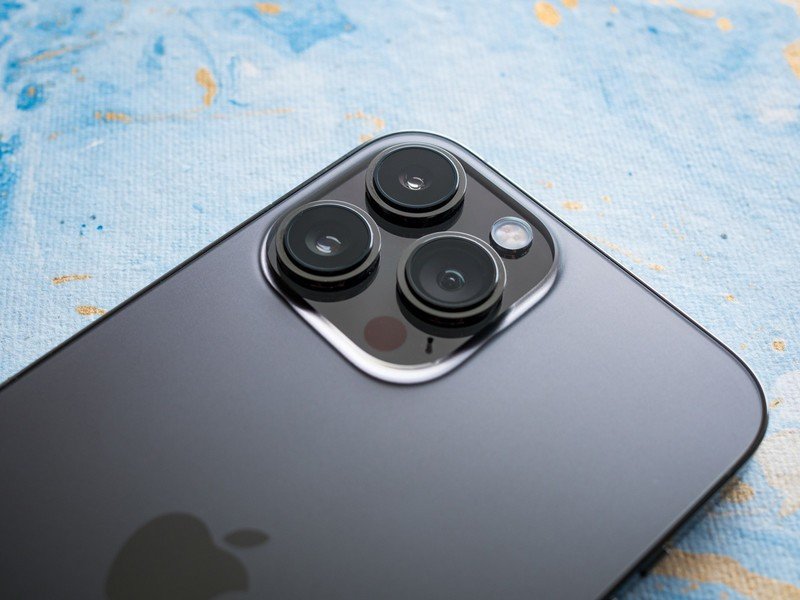
Camera comparisons are often in the eye of the beholder, making it difficult to provide a definitive ruling. After the Galaxy S21 and iPhone 12 series treaded water a bit with their cameras, both the Galaxy S22 and iPhone 13 series made decent strides to improve the camera quality for both the lenses and the photo processing. Outside of the Pixel 6 Pro, you'll be hard-pressed to find any other serious competitors to Samsung and Apple in overall camera quality.
The Samsung Galaxy S22+ upgraded to a 50MP main camera, added 3X optical zoom to its telephoto lens instead of hybrid zoom, and jumped from 10MP to 40MP for its selfies. As a result, you get a much higher level of detail on its photos, along with superbly rich colors, and selfie quality has taken a leap from last year. On the flipside, you may notice some minor shutter lag when taking photos, and you won't enjoy the flagship-quality zoom and pixel richness of the Galaxy S22 Ultra.









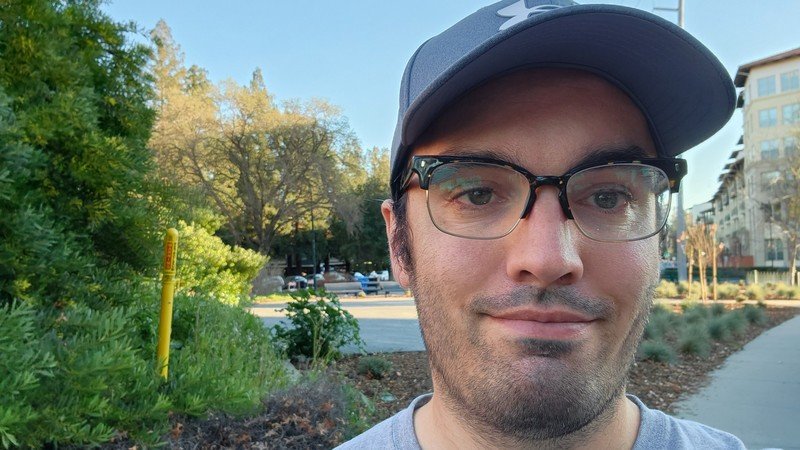



We were also quite impressed with the iPhone 13 Pro's camera quality. While it captures fewer pixels, it has a much larger sensor that captures light even in dim conditions, along with a new auto-focusing tool. Its telephoto lens also added 3X zoom, while the ultra-wide lens captures macro photos remarkably well. And it has new color profiles that accentuate Rich, Vibrant, or Warm details without altering elements that they shouldn't. The only downside here is its unchanged, unremarkable selfie camera.
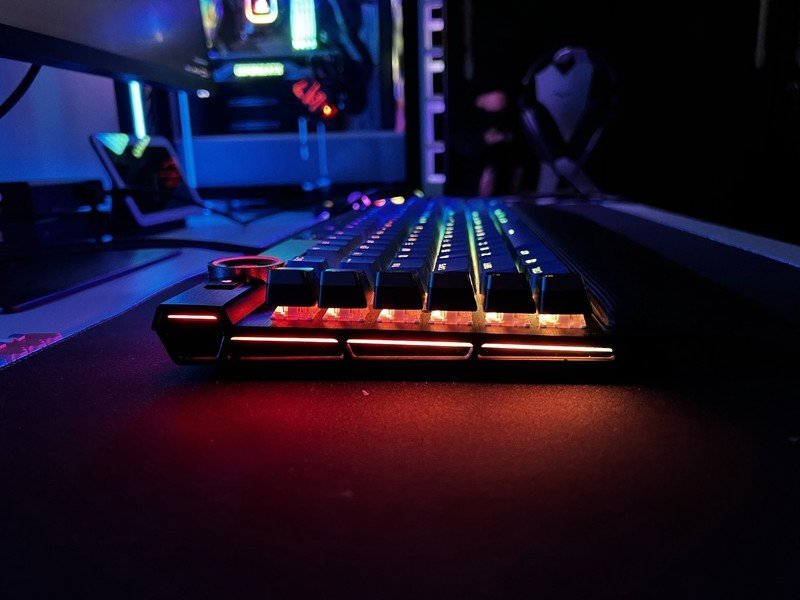
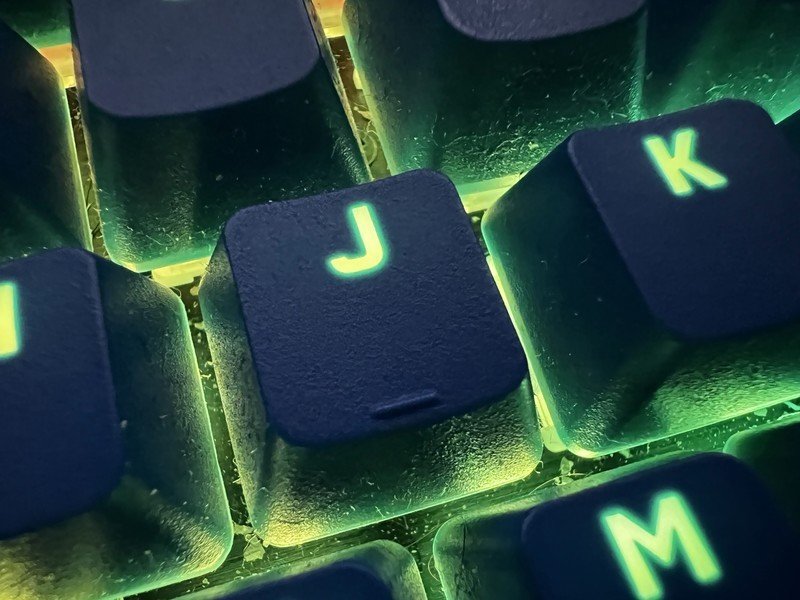
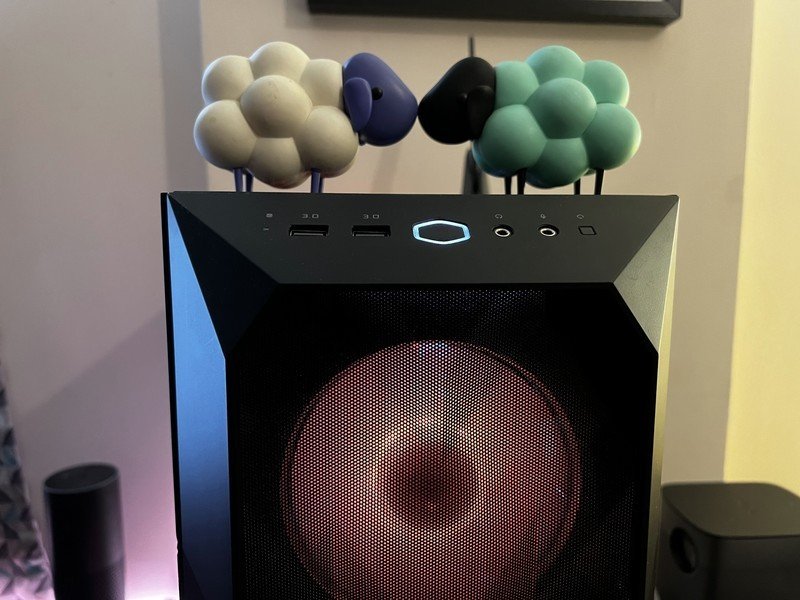
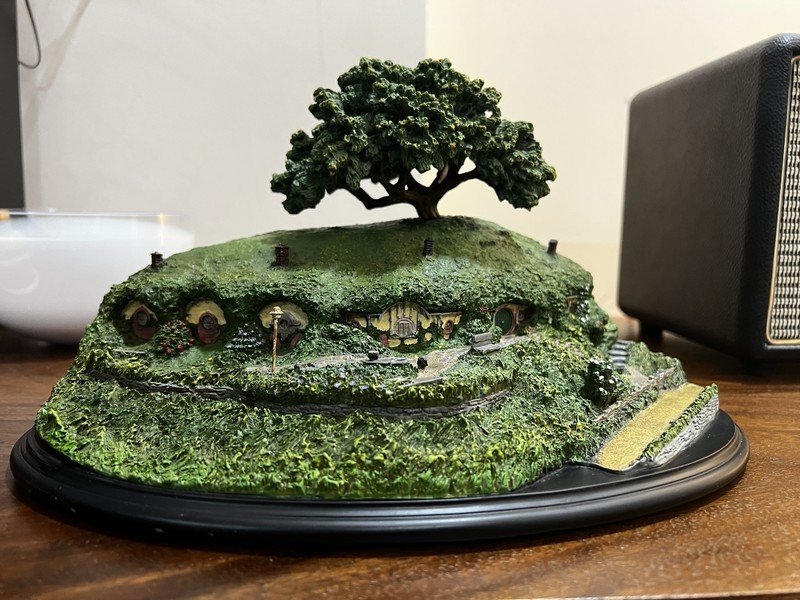
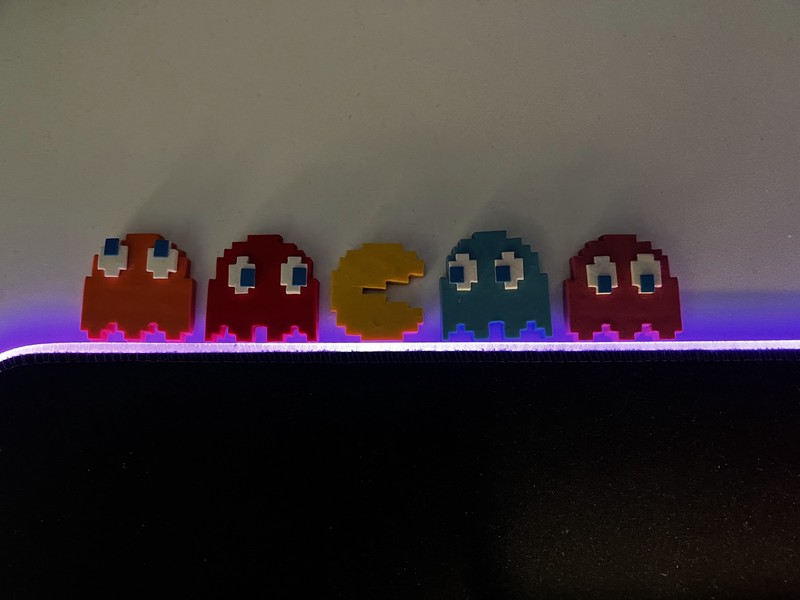

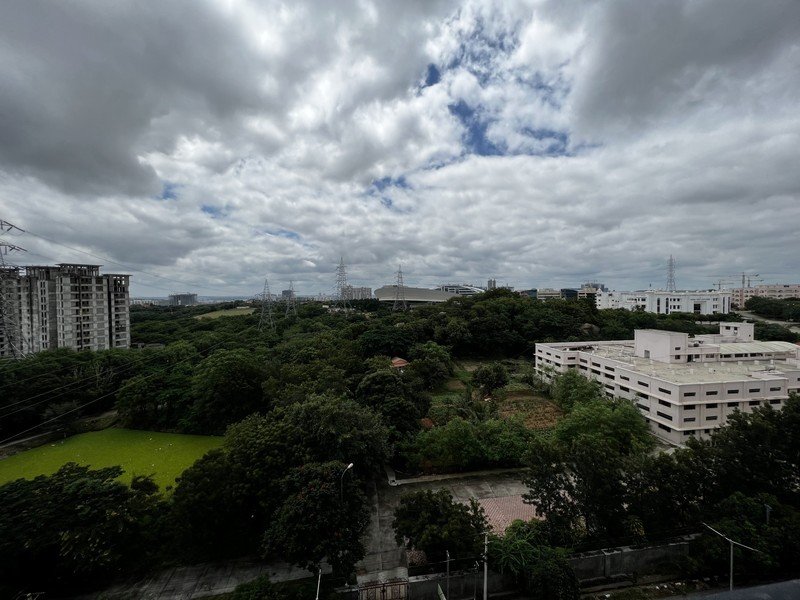
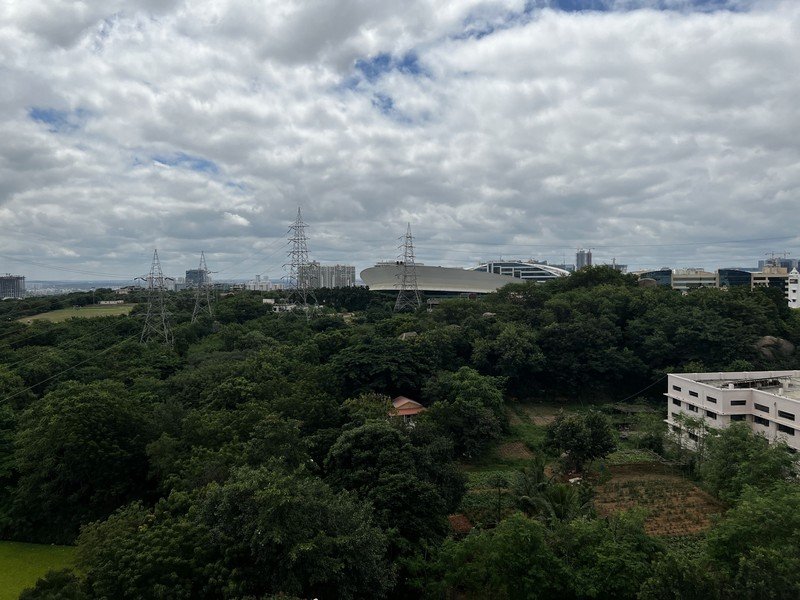




As for shooting video, the iPhone 13 Pro has the cool factor on its side with its new Cinematic Mode, where the camera auto-focuses on different subjects while blurring the background, like you'd see in a Hollywood film. You can even shoot in Dolby Vision quality at 4K 60FPS. However, the Galaxy S22+ also hits that 4K60 mark, and can even shoot in 8K at 24FPS.
Samsung Galaxy S22+ vs. iPhone 13 Pro: Which should you buy?
For those who have chosen iOS or Android as your operating system of choice, rest assured: each phone is an absolute pleasure to use. They're high-performing, all-day devices with beautiful displays and the promise of at least five years of support — meaning you can either use it for years or (hopefully) get good trade-in value on it down the line.
Keeping all that in mind, it's hard to argue against the iPhone 13 Pro in this comparison. Unlike the Galaxy S22+, which misses out on some camera and display features to encourage you to buy the Ultra, the Pro offers the best you can hope for in an Apple phone. You can choose the 6.1-inch Pro or upgrade to the 6.7-inch Pro Max based entirely on what size phone you prefer. Of course, the Pro Max is $100 more expensive than the Galaxy S22+, so keep that in mind.
Is that enough to make Android users switch to iOS? Not necessarily. No matter how fast the iPhone 13 Pro is, it will make you adapt to using iOS software and encourage you to invest more in the expensive Apple ecosystem, and anyone used to Android phones will have trouble ignoring that notch. But if you're a happy Apple user, even the excellent Galaxy S22+ won't be enough to get you to leave.

Michael is Android Central's resident expert on wearables and fitness. Before joining Android Central, he freelanced for years at Techradar, Wareable, Windows Central, and Digital Trends. Channeling his love of running, he established himself as an expert on fitness watches, testing and reviewing models from Garmin, Fitbit, Samsung, Apple, COROS, Polar, Amazfit, Suunto, and more.
